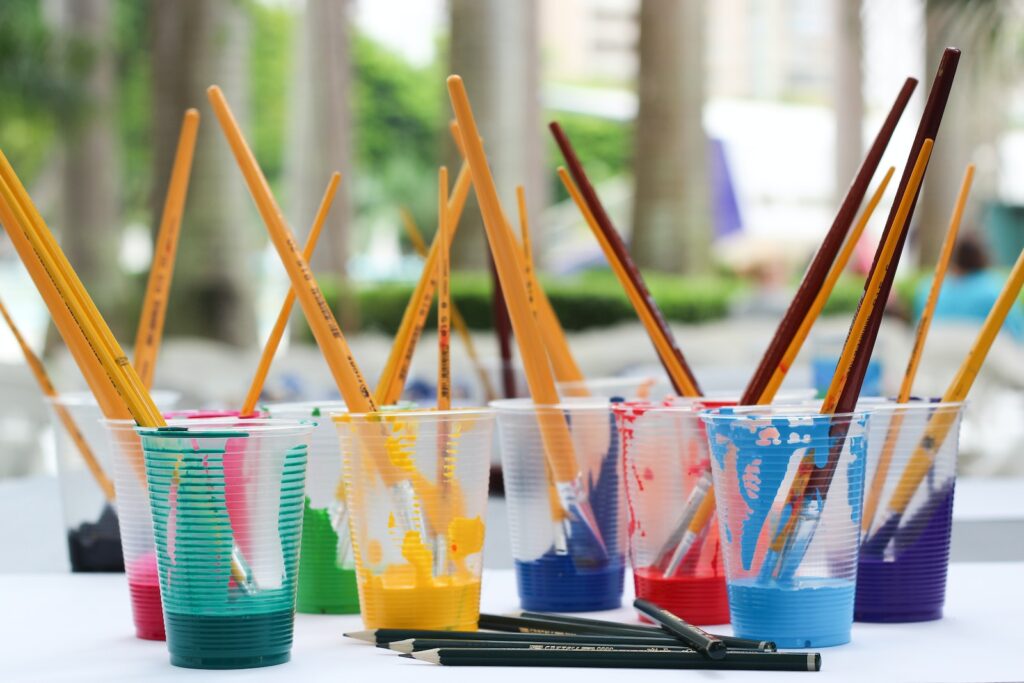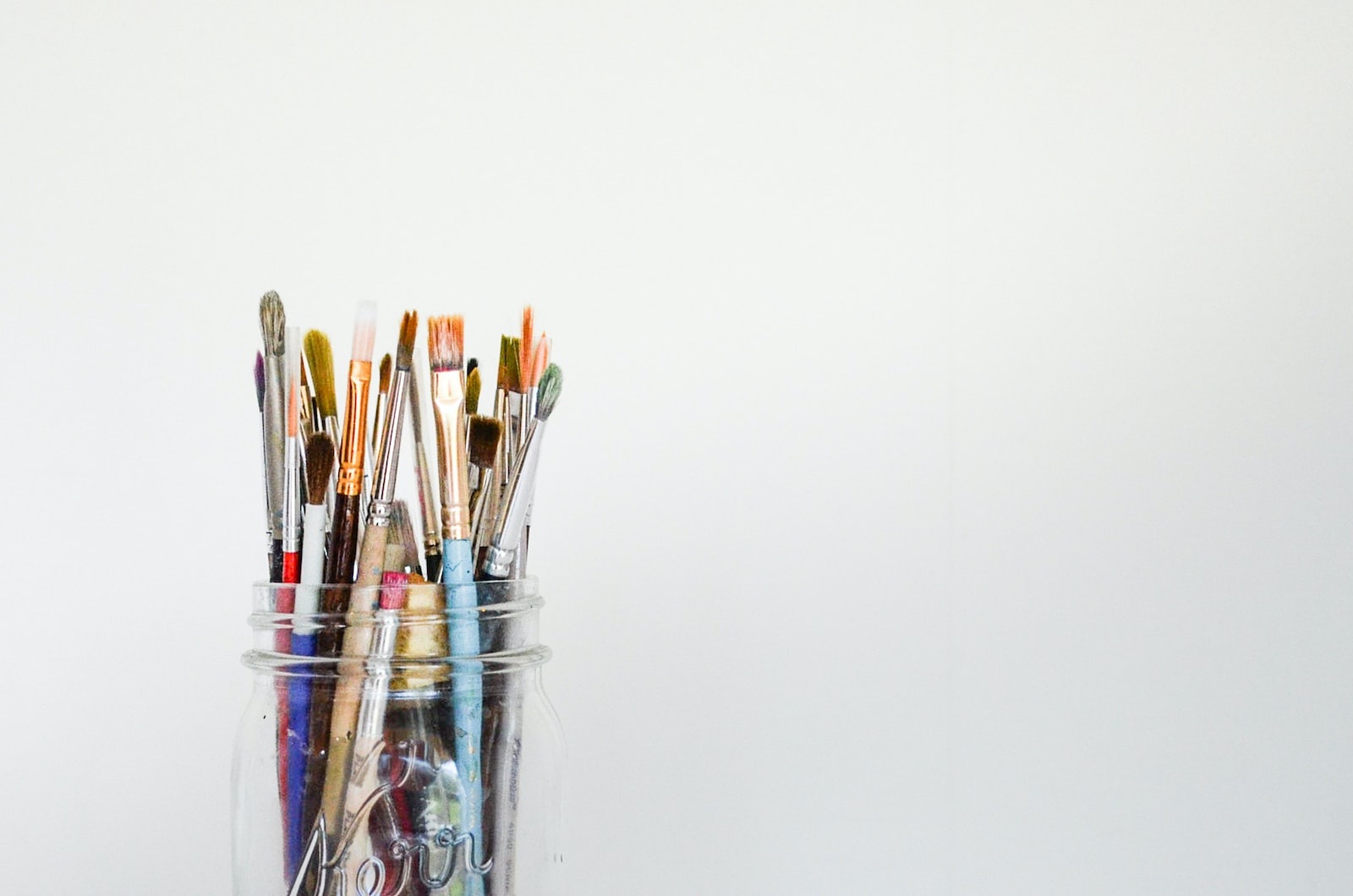Art investments have become a popular alternative to traditional investments, offering a unique and potentially profitable opportunity to diversify one’s portfolio. But how do you get started, and how do you ensure that your investments will yield significant returns? This article will provide a comprehensive guide to help you understand the art market, evaluate potential investments, build a diversified portfolio, find reliable dealers and advisors, and manage the risks and expectations associated with art investments.
Introduction
The art market is a complex and dynamic ecosystem, encompassing everything from the production and sale of art to the investment and appraisal of artworks. As a result, it is essential to have a solid understanding of the market and its participants, as well as a well-researched investment strategy, in order to make informed investment decisions. In recent years, the art market has grown significantly, with global art sales increasing by 7% to reach a record $67.4 billion in 2019, according to a report by Art Basel and UBS. This growth has been driven by a number of factors, including the rise of new collectors, the growth of the global economy, and the increasing popularity of art as an alternative investment option.
Understanding the Art Market
The art market is composed of a diverse range of participants, including artists, galleries, dealers, collectors, museums, auction houses, and art advisors. Each of these participants plays a critical role in the creation, distribution, and sale of art, and it is important to understand the relationships and dynamics between them in order to navigate the market effectively. To begin, it is helpful to familiarize yourself with the different types of art and the artists who produce them, as well as to keep up-to-date on the latest trends and market developments.
Additionally, conducting thorough research and market analysis is essential for making informed investment decisions. This can include monitoring sales and auction results, tracking market trends and conditions, and following the careers of promising artists. By staying informed and knowledgeable, you will be better equipped to identify and capitalize on investment opportunities, and to make decisions that are based on a solid understanding of the market and its dynamics.
Factors Influencing Art Investment

There are a number of factors that can influence the value and potential returns of an art investment, including the artist’s reputation and market demand, the condition and rarity of the artwork, and the general state of the art market. To evaluate potential investments, it is important to consider each of these factors, and to compare and weigh the advantages and disadvantages of different options. Additionally, it is important to have a clear understanding of your own investment goals and risk tolerance, as this will help you to make decisions that align with your overall financial strategy.
For example, investing in a well-established and highly regarded artist can provide a relatively stable and predictable return, as the artist’s reputation and market demand are unlikely to fluctuate significantly over time. On the other hand, investing in an emerging artist or a less well-known style may offer the potential for higher returns, but also comes with a higher level of risk. Ultimately, the best approach will depend on your investment goals and risk tolerance, as well as your knowledge and understanding of the market.
Building a Diversified Portfolio
One of the key benefits of investing in art is the ability to diversify your portfolio, reducing the overall risk of your investments and helping to ensure consistent returns over time. There are a number of strategies for building a diversified portfolio of art investments, including investing in different artists and styles, and in different stages of an artist’s career. For example, investing in both established and emerging artists can provide a balance of stability and growth potential, while investing in different styles and mediums can help to hedge against market fluctuations and changes in consumer preferences.
It is also important to consider the geographic and cultural diversity of your portfolio, as the art market is influenced by a variety of local and global factors, such as cultural events, political conditions, and economic trends. By diversifying across different regions and cultures, you can help to reduce the impact of any one event or trend, and to maintain a balanced portfolio that is well-positioned for long-term growth.
Working with Reliable Dealers and Advisors
Finding a reliable and trustworthy dealer or advisor is essential for success in the art market. These professionals can provide valuable insights, guidance, and support as you navigate the market and make investment decisions, and can help you to identify opportunities and avoid potential pitfalls. When selecting a dealer or advisor, it is important to consider their experience, reputation, and track record, as well as to ask for references and to thoroughly research their background and qualifications.
Additionally, it is important to develop a strong and open relationship with your dealer or advisor, and to clearly communicate your investment goals and expectations. This will help to ensure that you are working together effectively, and that your investments are aligned with your overall financial strategy.
Managing Risks and Expectations
Finally, it is important to understand and manage the risks associated with art investments, and to set realistic expectations for potential returns. While art investments can offer significant returns and can provide a valuable source of diversification for your portfolio, they also come with inherent risks, including fluctuations in market demand, changes in consumer preferences, and potential declines in the value of specific artists or styles.
To manage these risks, it is important to maintain a well-diversified portfolio, to stay informed and knowledgeable about the market, and to have a clear understanding of your investment goals and risk tolerance. Additionally, it is important to work with reliable dealers and advisors, and to regularly review and adjust your investment strategy as needed.
Conclusion
Art investments offer a unique and potentially profitable opportunity to diversify your portfolio, but success in this market requires a solid understanding of the market and its participants, a well-researched investment strategy, and a careful approach to managing risks and expectations. By following the guidelines outlined in this article, you can increase your chances of success in the art market and make a fortune with your art investments.
FAQs
By taking a strategic and informed approach to art investments, you can capitalize on the unique opportunities that this market offers and make a fortune with your investments.




